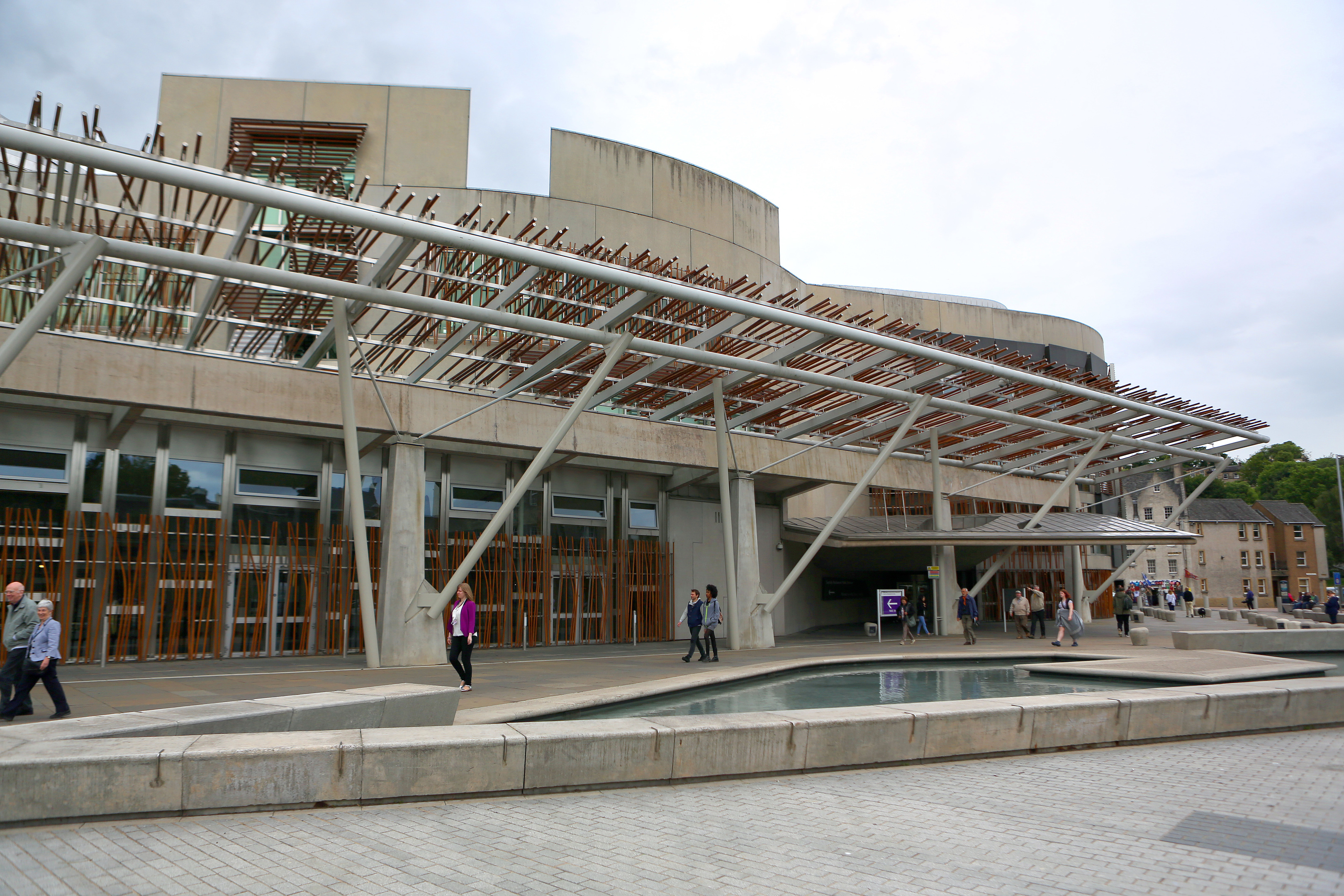Nicola Sturgeon will be able to set up a Scottish welfare state by the autumn, The Courier can reveal.
The UK Government is set to fast-track the handover of a tranche of social security powers this week, which includes the power to create new benefits.
The formal procedure for the transfer is due to be made by the Scottish Secretary in the Commons on Thursday morning, say Whitehall insiders.
The SNP Government should then be able to start coming up with its own benefits in September, when MSPs return from the summer break.
“The commencement order is ready and some of the powers can be handed over quickly,” the Department for Work and Pensions source said.
“That includes the power to create new benefits. Powers over existing benefits, such as Disability Benefit, will take a lot longer.”
The SNP could make Scotland the most generous part of the UK for benefits, although they would almost certainly have to raise taxes to do so.
The Scottish Government already spends millions of pounds every year compensating those who have been made worse off by the spare room subsidy, also known as the bedroom tax.
David Mundell, the Scottish Secretary and the only Conservative MP in Scotland, said the new welfare powers about to be devolved are “really significant”.
“The Scottish Parliament can begin the process of actually creating its own welfare system within Scotland within the range of the powers provided by the Smith Commission,” he said yesterday.
“Whatever happens with Theresa May as Prime Minister that will continue (the transfer of the welfare powers) and the powers in relation to income tax because the commitment to devolution absolutely stands.”
The new powers coming to Holyrood through the Scotland Act 2016 follow a commitment by UK party leaders in the run-up to the independence referendum, known as The Vow.
Responsibility for about 15% of existing benefits will be transferred from Westminster to Holyrood in the coming months, which account for about £2.7bn.
Control over setting income tax rates and bands, and responsibility for spending half of VAT receipts, are due to be handed over in April.
Earlier, Nicola Sturgeon called on Mrs May to give an “immediate guarantee” that the existing rights of the 173,000 EU nationals in Scotland will be protected in the long-term.
Speaking after a meeting with Scottish Trades Union Congress’ general secretary Grahame Smith, she said: “We will pursue every option to protect Scotland’s position in Europe, and all the many benefits which that brings in terms of workers’ rights and social protections.
“That includes our place in the single market and the free movement of people.”
Mrs May has said there will be no change to those rights while the UK remains in the EU, which will be the case for at least two years, but could not offer any assurances beyond that ahead of the Brexit negotiations.










